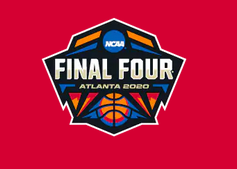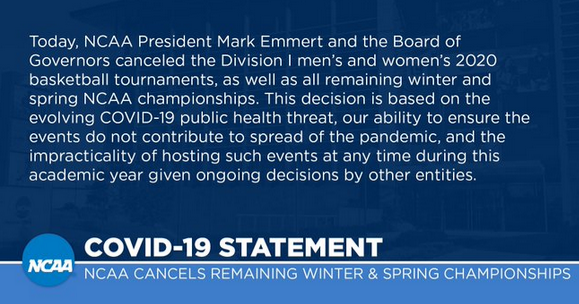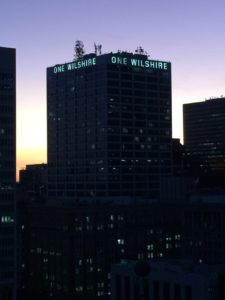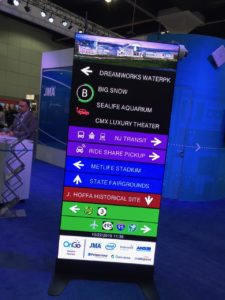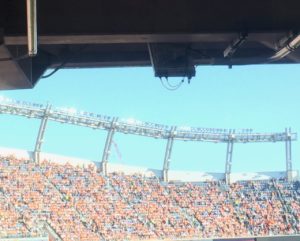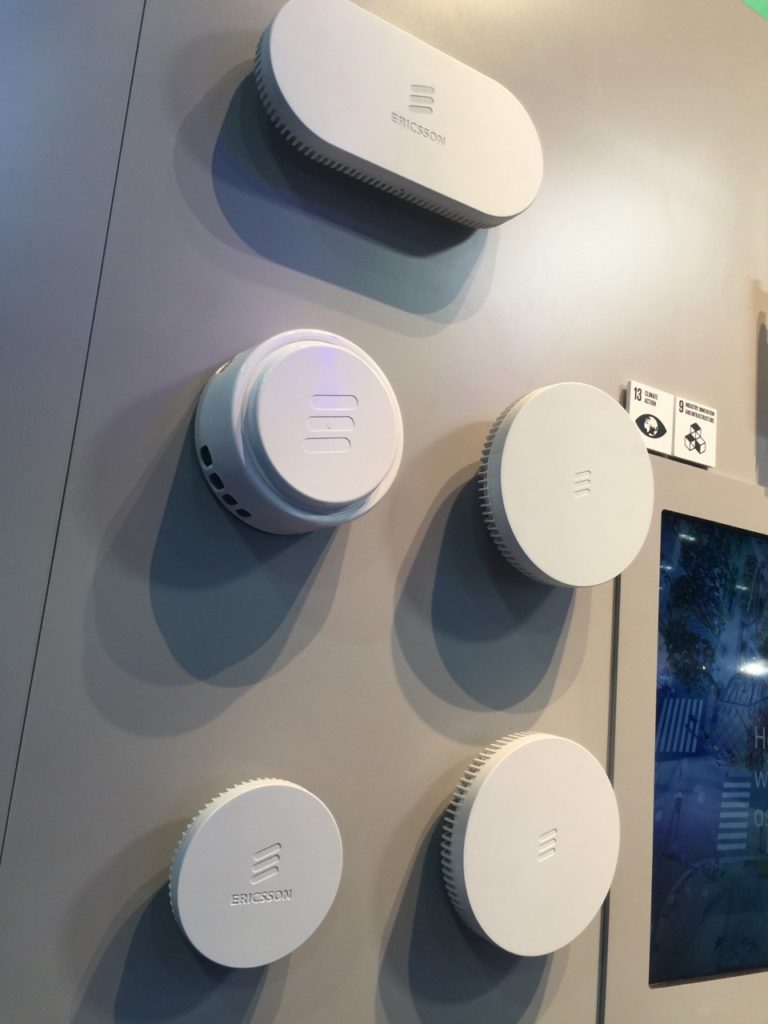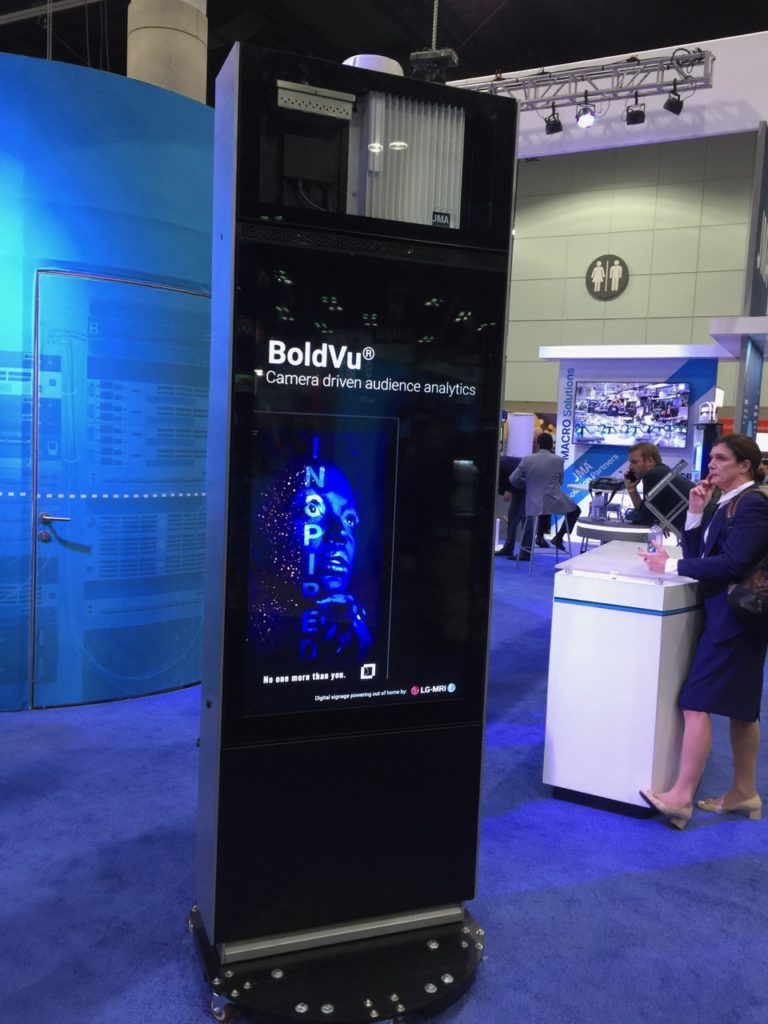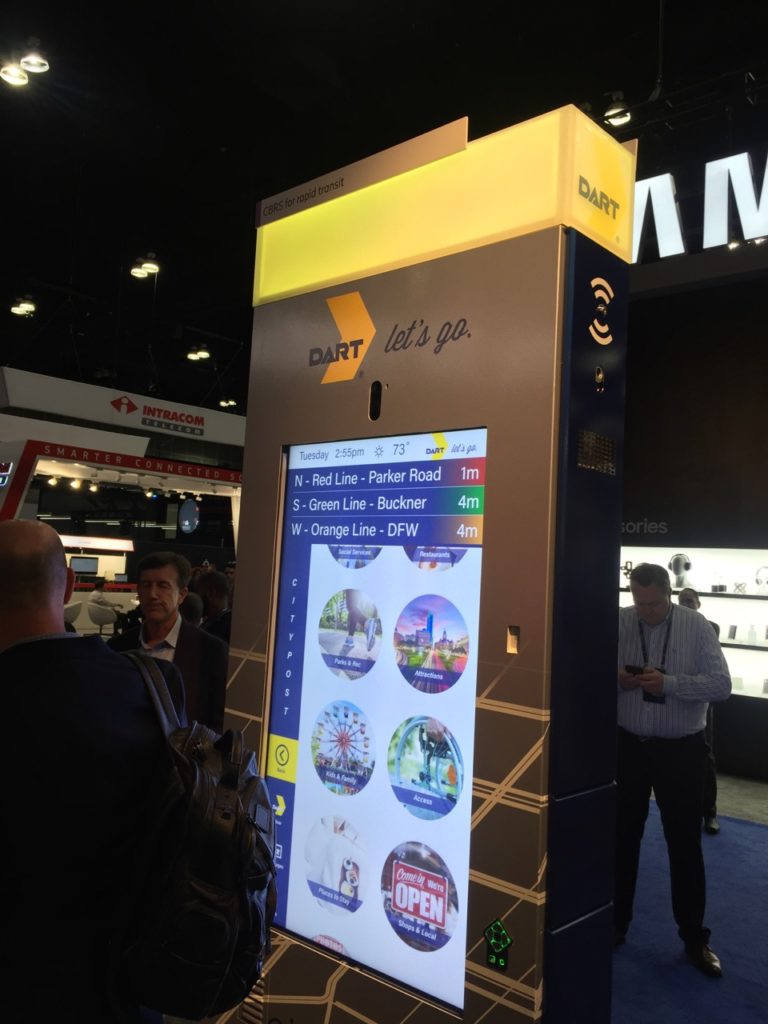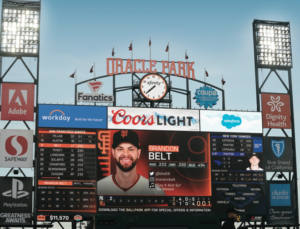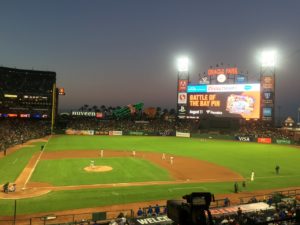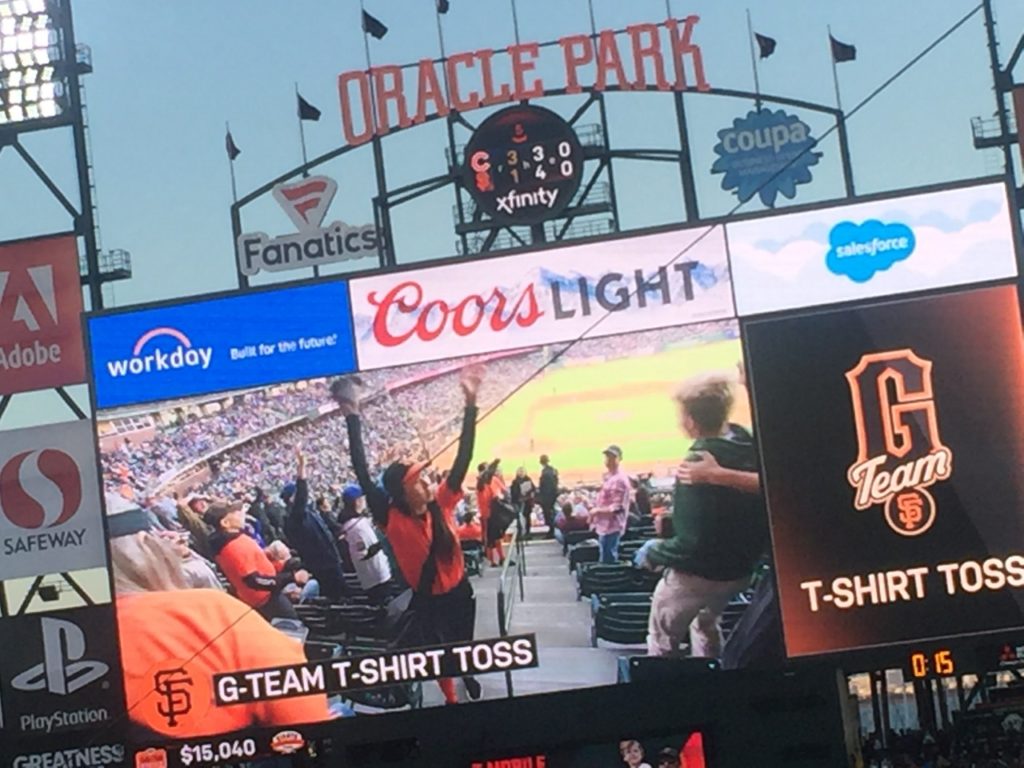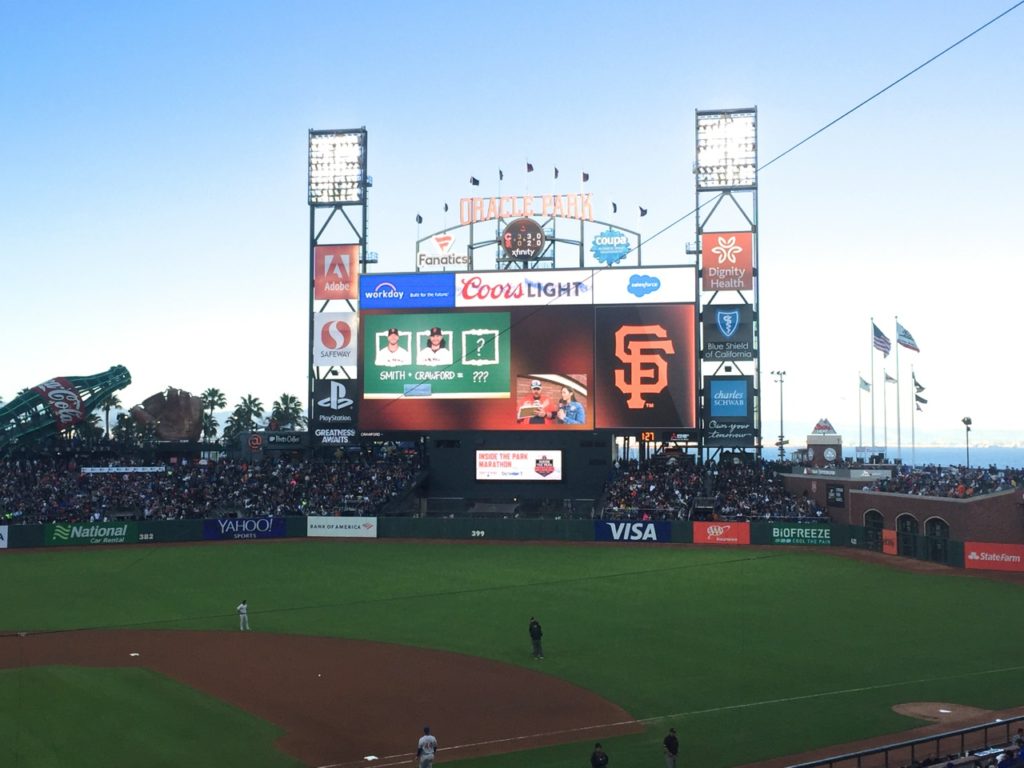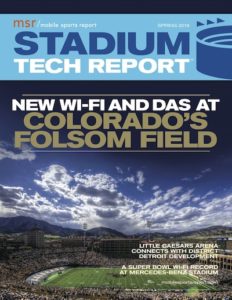News reports Monday said that Major League Baseball has formalized a plan for an 82-game season in stadiums without fans, an idea that still must face approval from the players’ association. According to a report in the New York Times the plan includes a designated hitter for both leagues, as well as an expanded playoff system and regional schedules to limit travel.
What’s yet unclear is how the league will regulate the opening of stadiums for games, since even without fans there must be safety procedures in place to protect players, umpires and stadium and broadcast staffs. One player, Washington Nationals closer Sean Doolittle, said he’d be paying close attention to such details:
Bear with me, but it feels like we've zoomed past the most important aspect of any MLB restart plan: health protections for players, families, staff, stadium workers and the workforce it would require to resume a season. Here are some things I'll be looking for in the proposal…
— Obi-Sean Kenobi Doolittle (@whatwouldDOOdo) May 11, 2020
According to a report on ESPN, MLB will present the plan to the players on Tuesday.
